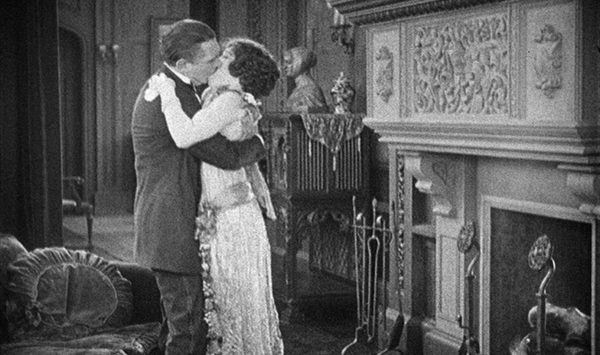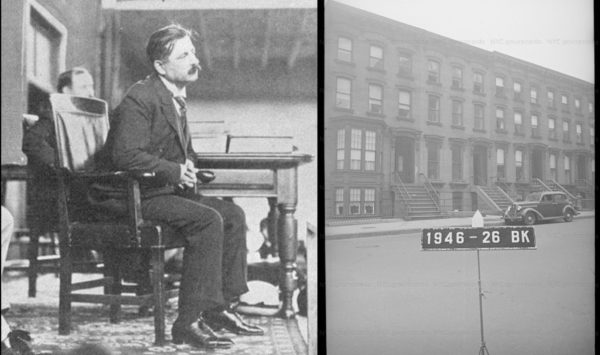“HE CAME TO FIX THE ELECTRIC WIRE” (1938)

******************************************************************************************************************************** Brownstone Detectives investigates the history of our clients’ homes. The story you are about to read was composed from research conducted in the course of one of those investigations. Do you know the history of YOUR house? ******************************************************************************************************************************** “And if thow take a wyf unto thyn hoold, Ful lightly maystow been a cokewold.” With these words – and others – the Wife of Bath, in Shakespeare’s “Chaucer,” attempted to secure the hand of the knight by frightening him with the possibility of becoming a cuckold, a man whose wife is sexually unfaithful. The word has survived down the ages used in most derisive ways, but mostly as a lesson that men should pay more attention to their wives and take caution, particularly if they are pretty, that they do not “wander.” In 1938, this very tale unfolded for a mechanical engineer, whose wife “employed in a swanky Lexington Ave., Manhattan, hotel,” had the misfortune of being “caught in the act.” THE STORY ABOUT THAT “ELECTRIC WIRE” The whole story started when Thomas Goodfellow’s wife, Mary “Mae” Goodfellow, “a comely brunette,” one day left her husband and visited friends of theirs, Mr. and Mrs. Rafael of No. 628 40th Street. Along with her visit to Manhattan came her story that “she had had some trouble with her husband and asked for shelter.” Mrs. Rafael allowed Mrs. Goodfellow to remain and when the Rafaels left for Central Islip for the summer, “Mrs. Goodfellow was still there.” While Mrs. Goodfellow resides in […]
